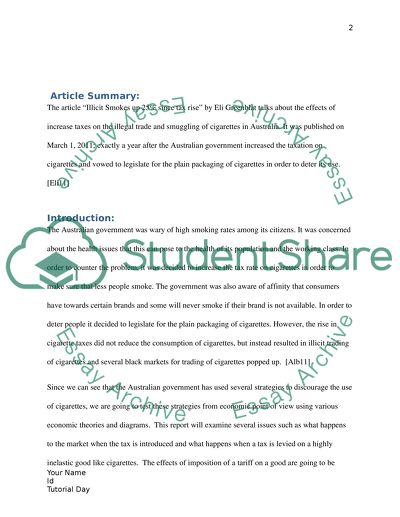Cite this document
(“The article summary: Illicit Smokes up 25% since Tax Rise by Eli Essay”, n.d.)
Retrieved from https://studentshare.org/macro-microeconomics/1430093-illicit-smokes-up
Retrieved from https://studentshare.org/macro-microeconomics/1430093-illicit-smokes-up
(The Article Summary: Illicit Smokes up 25% since Tax Rise by Eli Essay)
https://studentshare.org/macro-microeconomics/1430093-illicit-smokes-up.
https://studentshare.org/macro-microeconomics/1430093-illicit-smokes-up.
“The Article Summary: Illicit Smokes up 25% since Tax Rise by Eli Essay”, n.d. https://studentshare.org/macro-microeconomics/1430093-illicit-smokes-up.


